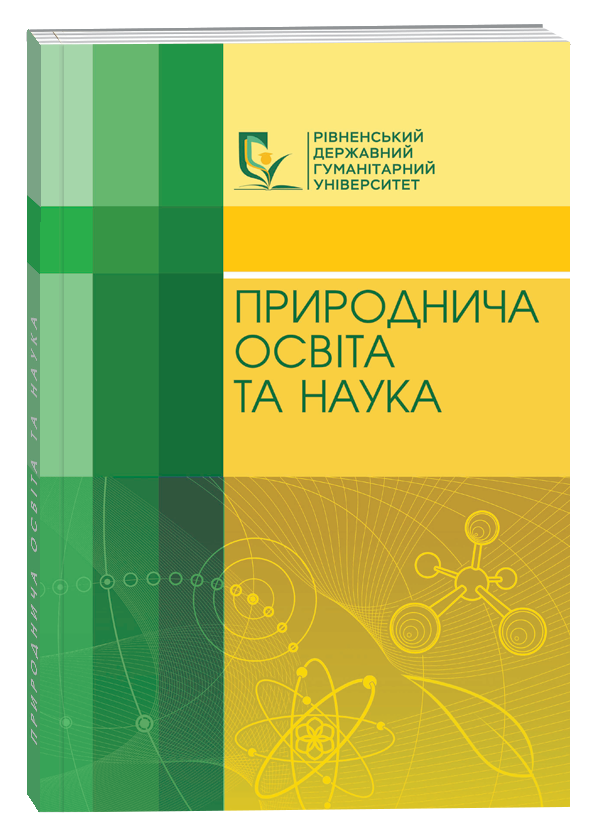STUDY OF THE FEATURES OF THE TOPOGRAPHY AND CHARACTERISTICS OF MILKY SPOTS IN THE MESOPHYSIS OF THE COLON INTESTINAL OF NORMAL WHITE RATS
Abstract
Since the study, milk spots have been identified as structures with the ability to phagocytize foreign substances in the peritoneal cavity, later they were recognized as lymphoid tissue that takes an active part in the immune reactions of serous cavities. The detailed structure of milk spots remains an open problem of morphology to this day. Therefore, there is a need to develop a method for more detailed visualization of milk spots in the structure of serous membranes. Aim: to detect milk spots, to investigate the topography and their structure in the mesentery of the large intestine in normal male white rats. Materials and methods. The study was performed on male white rats with a body weight of 168–220 g (n=10). Detection and study ofmilk spots in the structures of the mesentery of the large intestine was carried out by applying a solution ofpicric acid to the surface of the mesentery of the large intestine. Native preparations of the colon mesentery were studied with a detailed description of the location of milk spots in the preparation. They were fixed in Bouin's solution for 24 hours, followed by a 2-hour wash in running water. Staining with hematoxylin and eosin was performed in the usual way. Results. The presence of milk spots of predominantly irregular elliptical shape, resembling single whitish granules, and localized near lymphoid nodes and blood capillaries was experimentally confirmed. The number of milk spots averaged 4.0±0.02 units per standard studied area of the serous membrane of the colon mesentery; the area of lymphoid formations averaged 0.8±0.04 mm2. Diffuse localization of lymphocytes was established, or the presence of small clusters containing up to 3 cells per standard studied unit of area. The number of lymphocytes averaged 5.8±0.02 cells per standard area of the colon mesentery (1000 μm2), which is within normal limits.
References
2. Valerio D.N. Omentum a powerful biological source in regenerative surgery. Regenerative Therapy. 2019. № 8(11). Р. 182–91.
3. Ксьонз І.В., Костиленко Ю.П., Ляховський В.І., Коноплицький В.С., Максимовський В.Є. Молочні плями великого чепця. 2023. №23(82). Р.135–140.
4. Liu M., Silva-Sanchez A., Randall T.D., Meza-Perez S. Specialized immune responses in the peritoneal cavity and omentum. J. Leukoc. Biol. 2021. № 109(4). Р. 717–729.
5. Kai Y. Intestinal villus structure contributes to even shedding of epithelial cells. Biophysical Journal. 2021. № 120. Р. 699–710.
6. D’Alessio S., Correale C., Tacconi C., et al. VEGF-C-dependent stimulation of lymphatic function ameliorates experimental inflammatory bowel disease. J Clin Invest. 2014. № 124. Р. 3863–3878.
7. Daisuke S., Ji H.K., Shunichi S., Gen M., José F.R. Topographical anatomy of the greater omentum and transverse mesocolon: a study using human fetuses. Anatomy and Cell Biology. 2019. № 52. Р. 443–454.
8. Schurink B., Cleypool C.J., Bleys R.L. A rapid and simple method for visualizing milky spots in large fixed tissue samples of the human greater omentum. Biotech Histochem. 2019. № 94(6). Р. 429–434.
9. Liu Y., Hu J., Luo N., Zhao J., Liu S., Ma T. The Essential Involvement of the Omentum in the Peritoneal Defensive Mechanisms During Intra-Abdominal Sepsis. Front Immunol. 2021. № 18(12). Р. 609–631.
10. Yildirim A., Aktaş A., Nergiz Y., Akkuş M. Analysis of human omentumassociated lymphoid tissue components with S-100: an immunohistochemical study. Rom J Morphol Embryol. 2010. № 51(4). Р. 759-764.
11. Волошин М.А., Чайковський Ю.Б., Кущ О.Г. Основи імунології та імуноморфології. Запоріжжя-Київ. 2010. с. 170.
12. Пайдаркіна А . П., Кущ О. Г. (2024) Морфофункціональні зміни очіревини і її структури при спайковій хворобі. Вісник проблем біології і медицини. 2024. № 1(172), С. 97–106.






